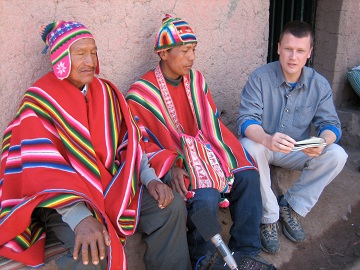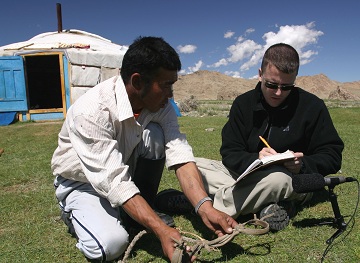
Christina Yimasinant, of the Yimas people, a speaker of the endangered Karim language, Karawari region, Papua New Guinea. Photo by Chris Rainier.
–K. David Harrison
OFTENTIMES I’VE WONDERED how the Americas would’ve evolved if it were somebody else besides Columbus who landed here.



